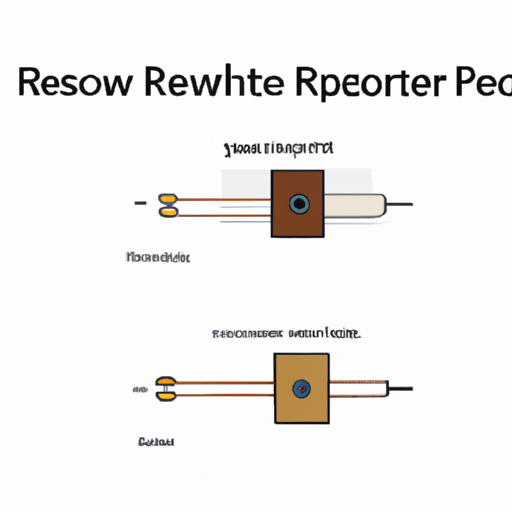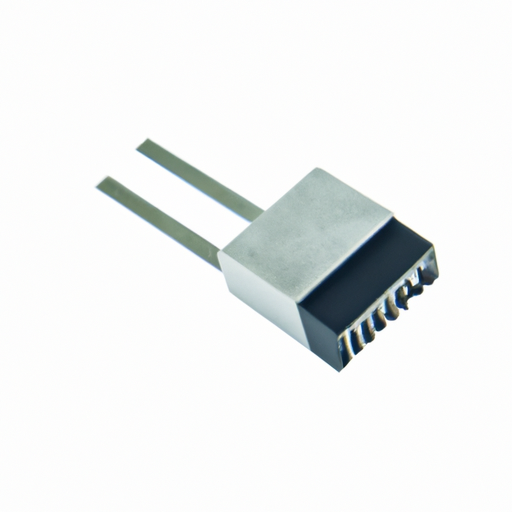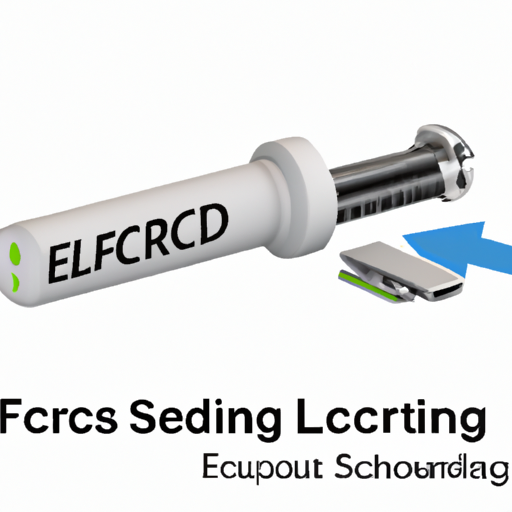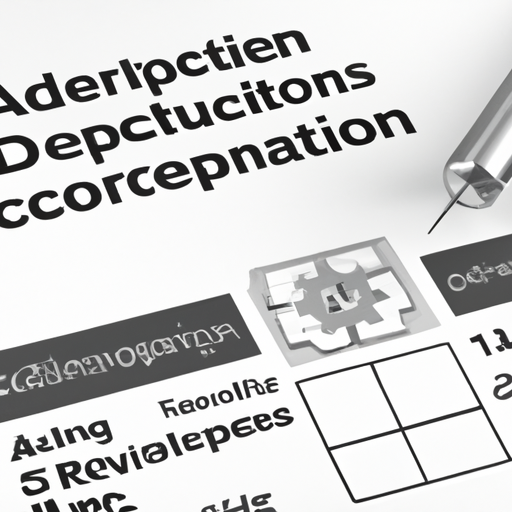How do power wirewound resistors work?
How Do Power Wirewound Resistors Work?
I. Introduction
Power wirewound resistors are essential components in various electrical and electronic circuits, playing a crucial role in controlling current flow and voltage levels. These resistors are designed to handle significant power levels, making them ideal for applications where high energy dissipation is required. In this article, we will explore the fundamental principles of resistance, the construction and working mechanism of power wirewound resistors, their advantages, applications, limitations, and future trends in resistor technology.
II. Basic Principles of Resistance
A. Definition of Electrical Resistance
Electrical resistance is a measure of the opposition that a circuit presents to the flow of electric current. It is quantified in ohms (Ω) and is a fundamental property of materials. The higher the resistance, the less current will flow for a given voltage.
B. Ohm's Law and Its Relevance
Ohm's Law, formulated by Georg Simon Ohm, states that the current (I) flowing through a conductor between two points is directly proportional to the voltage (V) across the two points and inversely proportional to the resistance (R) of the conductor. This relationship is expressed mathematically as:
\[ V = I \times R \]
Understanding Ohm's Law is crucial for designing circuits and selecting appropriate resistors, including power wirewound resistors.
C. Types of Resistors and Their Applications
Resistors come in various types, including carbon film, metal film, and wirewound resistors. Each type has its unique characteristics and applications. Power wirewound resistors are particularly suited for high-power applications due to their ability to dissipate heat effectively.
III. Construction of Power Wirewound Resistors
A. Materials Used in Wirewound Resistors
1. **Wire Materials**: Power wirewound resistors typically use high-resistance wire materials such as nickel-chromium or copper. Nickel-chromium alloys are favored for their stability and resistance to oxidation, while copper is known for its excellent conductivity.
2. **Core Materials**: The core of wirewound resistors is often made from materials like ceramic or fiberglass. These materials provide electrical insulation and thermal stability, allowing the resistor to operate effectively under high temperatures.
B. Design and Structure
1. **Winding Techniques**: The wire is wound around a core in a specific pattern to create the desired resistance. The number of turns and the spacing between them can be adjusted to achieve different resistance values.
2. **Physical Dimensions and Shapes**: Power wirewound resistors come in various shapes and sizes, including cylindrical and rectangular forms. The design is often influenced by the intended application and the required power rating.
C. Comparison with Other Resistor Types
Compared to carbon film and metal film resistors, power wirewound resistors offer superior power handling capabilities and thermal management. While carbon film resistors are more cost-effective for low-power applications, wirewound resistors excel in high-power scenarios where precision and stability are paramount.
IV. Working Mechanism of Power Wirewound Resistors
A. How Resistance is Created
1. **Role of the Wire Winding**: The resistance in a wirewound resistor is primarily determined by the length, cross-sectional area, and material of the wire. As current flows through the wire, it encounters resistance, which converts electrical energy into heat.
2. **Heat Generation and Dissipation**: The heat generated by the resistor is a byproduct of the electrical resistance. Effective heat dissipation is crucial to prevent overheating, which can lead to failure. Wirewound resistors are designed to manage this heat through their construction and materials.
B. Power Rating and Thermal Management
1. **Understanding Power Ratings (Watts)**: The power rating of a resistor indicates the maximum amount of power it can dissipate without damage. Power wirewound resistors are available in various ratings, typically ranging from a few watts to several kilowatts.
2. **Importance of Heat Sinks and Cooling Methods**: To enhance thermal management, power wirewound resistors may be equipped with heat sinks or cooling fans. These methods help dissipate heat more effectively, ensuring the resistor operates within safe temperature limits.
V. Advantages of Power Wirewound Resistors
A. High Power Handling Capability
One of the most significant advantages of power wirewound resistors is their ability to handle high power levels. This makes them suitable for applications such as power supplies and motor control, where substantial energy dissipation is required.
B. Precision and Stability
Power wirewound resistors offer excellent precision and stability over a wide range of temperatures and operating conditions. This reliability is essential in applications where consistent performance is critical.
C. Low Temperature Coefficient
Wirewound resistors typically have a low temperature coefficient, meaning their resistance value changes minimally with temperature fluctuations. This characteristic is vital for maintaining accuracy in sensitive electronic circuits.
D. Durability and Reliability in Harsh Environments
Power wirewound resistors are built to withstand harsh environmental conditions, including high temperatures and humidity. Their robust construction ensures long-term reliability, making them ideal for industrial and automotive applications.
VI. Applications of Power Wirewound Resistors
A. Industrial Applications
1. **Power Supplies**: Power wirewound resistors are commonly used in power supply circuits to regulate voltage and current levels, ensuring stable operation.
2. **Motor Control**: In motor control applications, these resistors help manage the current flowing to the motor, providing precise control over speed and torque.
B. Consumer Electronics
1. **Audio Equipment**: High-fidelity audio equipment often employs power wirewound resistors to maintain signal integrity and minimize distortion.
2. **Home Appliances**: Many household appliances, such as ovens and washing machines, utilize power wirewound resistors for temperature control and energy management.
C. Automotive and Aerospace Applications
In the automotive and aerospace industries, power wirewound resistors are used in various applications, including braking systems, power distribution, and control systems, where reliability and performance are paramount.
VII. Limitations and Considerations
A. Size and Weight Constraints
One of the limitations of power wirewound resistors is their size and weight. Compared to other resistor types, they can be bulkier, which may pose challenges in compact electronic designs.
B. Cost Factors Compared to Other Resistor Types
Power wirewound resistors tend to be more expensive than carbon film or metal film resistors. This cost factor can be a consideration for manufacturers when selecting components for budget-sensitive projects.
C. Potential for Inductance in High-Frequency Applications
In high-frequency applications, the inductance of wirewound resistors can become a concern. The winding of the wire can introduce inductive effects, which may impact circuit performance. In such cases, alternative resistor types may be preferred.
VIII. Conclusion
Power wirewound resistors play a vital role in modern electronics, providing high power handling capabilities, precision, and reliability. Their unique construction and working mechanism make them suitable for a wide range of applications, from industrial machinery to consumer electronics. As technology continues to evolve, advancements in resistor design and materials will likely lead to even more efficient and versatile power wirewound resistors. Understanding their functionality and applications is essential for engineers and designers working in the field of electronics.
IX. References
For further exploration of power wirewound resistors and their applications, consider the following resources:
1. "Resistor Technology: A Comprehensive Guide" - A detailed overview of resistor types and their applications.
2. "Electrical Engineering Fundamentals" - A foundational text covering essential electrical principles, including resistance and Ohm's Law.
3. Industry standards and guidelines from organizations such as the Institute of Electrical and Electronics Engineers (IEEE) and the International Electrotechnical Commission (IEC).
By delving into these resources, readers can gain a deeper understanding of the critical role that power wirewound resistors play in the world of electronics.






